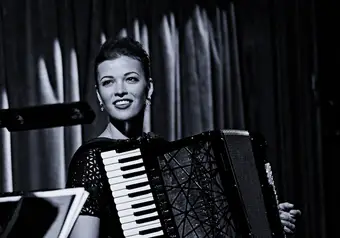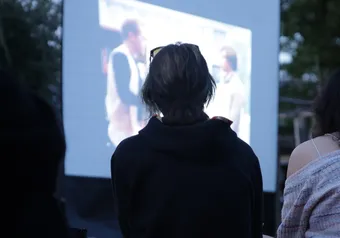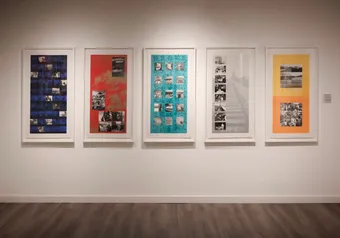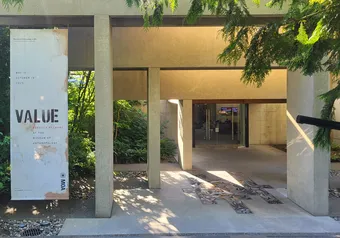Many people can probably name a song or two that features a piano, guitar or drums – but the accordion?
The instrument might just be one of the most underestimated instruments in the musical family. Most often found in folk music, it has rarely gone beyond the confinements of those types of musical compositions.
Ksenija Sidorova’s recital on September 18 at the Vancouver Playhouse gave a good reason why the accordion should be considered in other genres as well. Despite it being small enough to be carried by the performer, the instrument created a sound resembling that of a mini-orchestra rather than a single instrument, under the control of Sidorova.
“It’s a one-man band,” she quipped to the audience.
Sidorova’s rendition of Anatoly Kusyakov’s “Autumnal Sceneries” painted a picture of the accordion’s multi-faceted capabilities and sounds. The furthest extremities were explored as she swung from harsh screeches and growls, to the most tender and song-like melodies. Sidorova seemed to be every performer in the band at once, creating percussive dissonances and flittering runs all in the same breath.
This was a performance that staked a claim for the accordion’s place in the musical tradition. Sidorova sees herself as a spokesperson of sorts for the accordion and one of her goals is to bring its often-neglected repertoire to wider audiences.
In between the selections, she showed off the instrument’s complex technology, providing explanations for the many buttons placed upon its surfaces. She explained that these buttons function similarly to the stops on an organ, greatly expanding the accordion’s possibilities.
It is an instrument that captures the simplest of tunes such as the theme from Mozart’s “Twelve Variations on ‘Ah, vous dirai-je, Maman’ K. 265,” perhaps better known as “Twinkle, Twinkle, Little Star.” Throughout the variations, Sidorova formed an ever-changing musical landscape behind the theme, once again presenting the timbral range of the accordion. The harmonic colours and virtuosic figurations never stifled the well-known melody, but instead supported its childlike sweetness.
The accordion has often been subject to associations with the simplicity of folk and “light” music, but Sidorova’s showed otherwise and demonstrated that it can be capable of the grandest musical gestures.
Putting the 20th century composer Alfred Schnittke’s “Revis Fairytale” on the program was more than enough to make her point, given his affinity for complex, mathematical composition procedures that depart from a more traditional repertoire. The piece, based on a 19th century satirical novel of czarist Russia, is a musical portrayal of the original story. Sidorova captured the sometimes violent and grotesque nature of the tale, quite literally as she shook the accordion to push out heavy, dissonant chords.
If it was Sidorova’s mission to change her listeners’ perceptions of the instrument, she certainly presented a powerful case.
Towards the end of the show, she told a story of the renowned cellist, Mstislav Rostropovich, who once arrived a concert only to realize that no pianist was there to collaborate with him. The only option was an accordionist. The story goes that the Rostropovich was so amazed by the instrument’s capabilities, that he concluded that every cellist must have the experience of playing with an accordionist.
And that is the way it should be. With Sidorova’s recital, there is no doubt that the accordion deserves to be on the same stage as the greatest musicians of the world.
First online
Share this article








